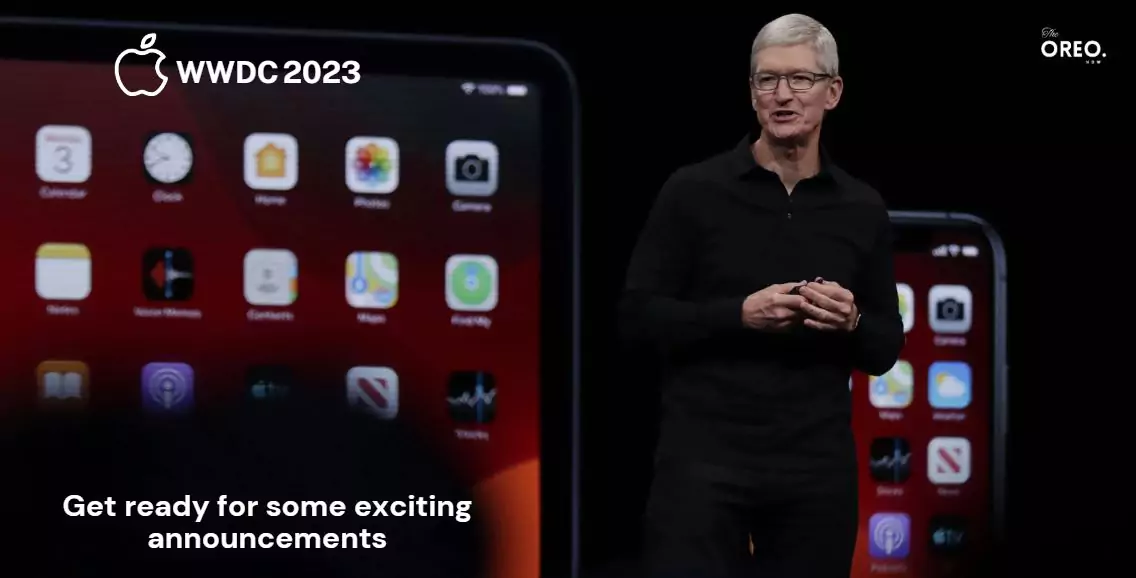SiriGPT: Apple’s Language Model Rivaling OpenAI’s ChatGPT & Google’s Bard!
Right after we get Google’s Bard access worldwide, we’re now going to see Apple’s own ChatGPT-like application called SiriGPT.
Well, “Hey SiriGPT, tell me how you’re going to revolutionize the way we interact with our devices and create a world of endless possibilities!”
Apple, renowned for its innovation in the tech industry, is making waves once again with its latest project: SiriGPT. This large language model (LLM) developed by Apple has the potential to revolutionize the way we interact with our devices. Positioned as a rival to Google’s ChatGPT, SiriGPT aims to be more efficient, accurate, and versatile. Powered by Apple’s Neural Engine, this promising technology could give Apple a significant advantage in the LLM market.
The Background of SiriGPT
To understand the concept of SiriGPT, let’s delve into its background. Language models have experienced remarkable advancements in recent years, enabling computers to comprehend and generate human-like text. Apple, recognizing the potential of large language models, embarked on a journey to create their own game-changing LLM: SiriGPT.
SiriGPT aims to build upon the success of Apple’s virtual assistant, Siri, by integrating cutting-edge natural language processing capabilities. This ambitious project represents a pivotal moment for Apple as they seek to elevate user interactions and redefine the boundaries of AI-driven conversation.
Apple’s Neural Engine: Optimized for Language Tasks
Apple’s Neural Engine aims to surpass existing language models by leveraging its purpose-built architecture. With the ability to execute parallel processing and utilize neural networks tailored for language processing, SiriGPT stands out among its competitors. This optimized infrastructure allows for swift comprehension of user queries and precise responses, pushing the boundaries of user-device interaction.
As SiriGPT continues to evolve, propelled by the prowess of Apple’s Neural Engine, it has the potential to revolutionize how we communicate with our devices, unlocking a world of possibilities in AI-driven language understanding.
What’s the interaction with SiriGPT going to be like?
SiriGPT holds the promise of providing users with a more natural and conversational user interface for Siri. Through advanced language processing capabilities, SiriGPT aims to understand context, nuances, and user intentions with greater accuracy.
This means that interactions with Siri can become more fluid, dynamic, and human-like, enhancing the overall user experience. Whether it’s asking Siri for directions, setting reminders, or engaging in casual conversations, SiriGPT has the potential to make interactions feel more intuitive and seamless.
Beyond enhancing Siri, SiriGPT opens up a realm of possibilities for developers to create innovative apps that harness the power of large language models. With SiriGPT as a core component, developers can leverage its natural language understanding capabilities to build intelligent chatbots, virtual assistants, and other conversational applications.
These apps can provide personalized recommendations, answer complex queries, and even engage users in immersive and lifelike conversations. SiriGPT’s integration into the app ecosystem has the potential to revolutionize how we interact with technology, giving rise to a new generation of intelligent and interactive applications.
Apple’s Approach to Generative AI: Speculation and Potential
Apple’s approach to generative AI differs from cloning ChatGPT or focusing on AI-generated art. Instead, they may enhance Siri to communicate more deeply with their own apps, enabling personalized playlists, intelligent prompts, and automated tasks.
The aim is to optimize Apple’s services, making them smarter and more intuitive for users. Third-party developers may also access this technology within defined limits. Tim Cook emphasized a deliberate and thoughtful approach, considering various concerns. Apple’s generative AI holds potential to enhance user experiences within their ecosystem.
Imagine a Siri that goes beyond simple voice commands and engages in intelligent conversations with users. Siri could utilize AI-enriched versions of Apple’s apps, such as Apple Music, to create personalized playlists based on the user’s mood or preferences. Perhaps Apple’s rumored journaling app could integrate with Siri, enabling it to provide insightful prompts or recommendations based on the user’s entries.
While we await official announcements from Apple, the possibilities hinted at by their activities and Tim Cook’s comments paint an exciting picture of how generative AI could enhance the functionality and user experience within the Apple ecosystem.




Great article! It’s fascinating to see how SiriGPT is emerging as a strong contender against ChatGPT and BARD. The advancements in AI language models are truly remarkable, and it’s exciting to witness the progress made by these tech giants. Kudos to Apple for developing SiriGPT, and I look forward to seeing how it evolves in the future. Keep up the excellent work! GPTOnline